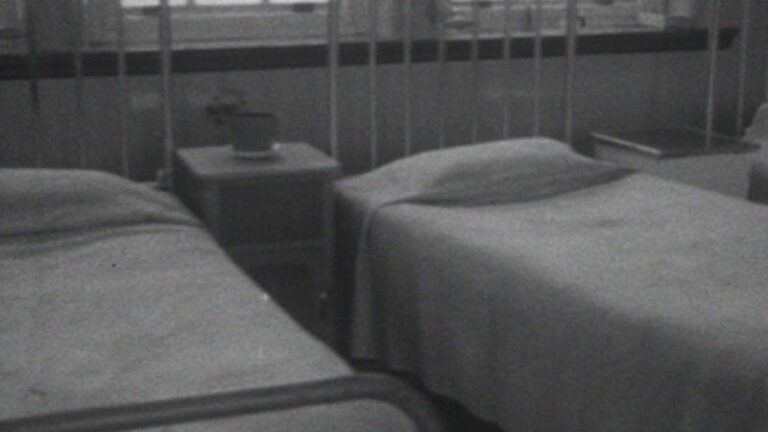Conditions in the County Clare Nursery have been described as “even worse than Tuam” with “appalling” rates of infant mortality.
Published on Tuesday, the long-awaited final report from the Mother and Baby Homes Commission of Investigation recommended a state apology, redress and access to their birth information should be given to survivors.
Experiences of women and children who lived in the fourteen mother and baby homes and four county homes are included in the 2,865 page document. Approximately 9,000 children died in the 18 homes under investigation, it is roughly 15 percent of all children that were in the institutions.
Co Clare’s only registered Mother and Baby Home was located in Kilrush. It was owned and financed by Clare County Council and was run by the Congregation of the Sisters of Mercy between 1922 and 1928 and by directly employed lay staff from 1928 to 1932. It closed in March 1932. The average cost of keeping a mother and child was 24 schillings at Kilrush.
No extant admission registers existed for the Home which limit the ability to determine how many women and children were in the Kilrush nursery. It is likely that there were between 300 and 400 mothers there and considerably more children. The first birth recorded for the Co Clare nursery was a baby boy, born on the 9th February 1922. The last baby born in the nursery was also a boy, born on 21st February 1932. Baptismal records suggest 330 children were born in the nursery during this period.
Figures from the Central Statistics Office detail that 168 ‘illegitimate infants’ died in Co Clare from 1923 to 1932. The Commission noted that Clare’s death rate is “very high when compared with the numbers in the baptismal record. As the nursery was the only institution for ‘illegitimate’ children in Co Clare, it is probable that at least the majority died there”.
Concerns on the death rate were voiced at a meeting of the Clare Health Board in February 1927 prompting the need for special precautions, during that month 27 children were suffering from measles. At one point the death rate was so high that two extra nurses were hired to watch the children day and night, the report states.. Another indicator of the high mortality rate was the continuous requisitions for coffins.
In a report from March 1922, the nursery committee commented that the mothers were neglected with no proper clothing or comfort of any kind. “We don’t consider it is humane to allow expectant and nursing mothers to wring out heavy twill sheets and blankets as they do at present. We feel strongly that the lot of these poor women should be improved. Some are under 20 years and we feel confident we could get good results both to the women and the Home if we could, with discretion and common sense, give them comfort in their work, food and clothing”.
At the nursery committee meeting that month it was agreed that children could be retained in the nursery when the mothers were discharged and the committee could use its discretion about admitting children without mothers. There are also references to mothers being discharged for ‘insubordination’ and the children being retained.
Agreement was reached by the nursery committee in May 1922 that mothers would not be allowed leave the institution until the child was at least two years old. In March 1923, the Board of Health informed the nursery committee that it had no power to detain mothers who were willing to bring their children with them. In general, it would appear that many of the women stayed for two years unless taken out by their family and then only with the permission of the board.
In May 1924, the matron reported that three women had ‘scaled the wall’ but had been arrested and brought back by the Gardaí. In October of that year, she reported that two women escaped over the wall leaving behind their two children, one aged three weeks and the other five months. The matter was reported to the Gardaí.
Physical condition of the Nursery was described as “always very poor”. The building was in a bad state of repair with leaking roofs, no baths, and no inside sanitary accommodation. It was so bad that its closure was considered less than a year after it opened.
In December 1922, the Local Government Inspector, James McLysaght, who inspected all the county institutions at the request of a committee of inquiry set up by Clare County Council, said that it was a ‘perfect scandal to have anyone in the place’. He pointed out that there was no sanitary accommodation and no water supply and that it would cost a lot of money to make it habitable; he was concerned that the prevailing conditions, ‘would give rise some time or other to an outbreak of fever for which the County Board of Health would be responsible.
Poor conditions in the nursery were a matter of ongoing correspondence between the matron, the Board of Health and the DLGPH. In April 1924, the matron complained that the institution was overcrowded as there were 164 residents in the nursery and children were sleeping two in a bed with ‘every habitable corner occupied.’

















